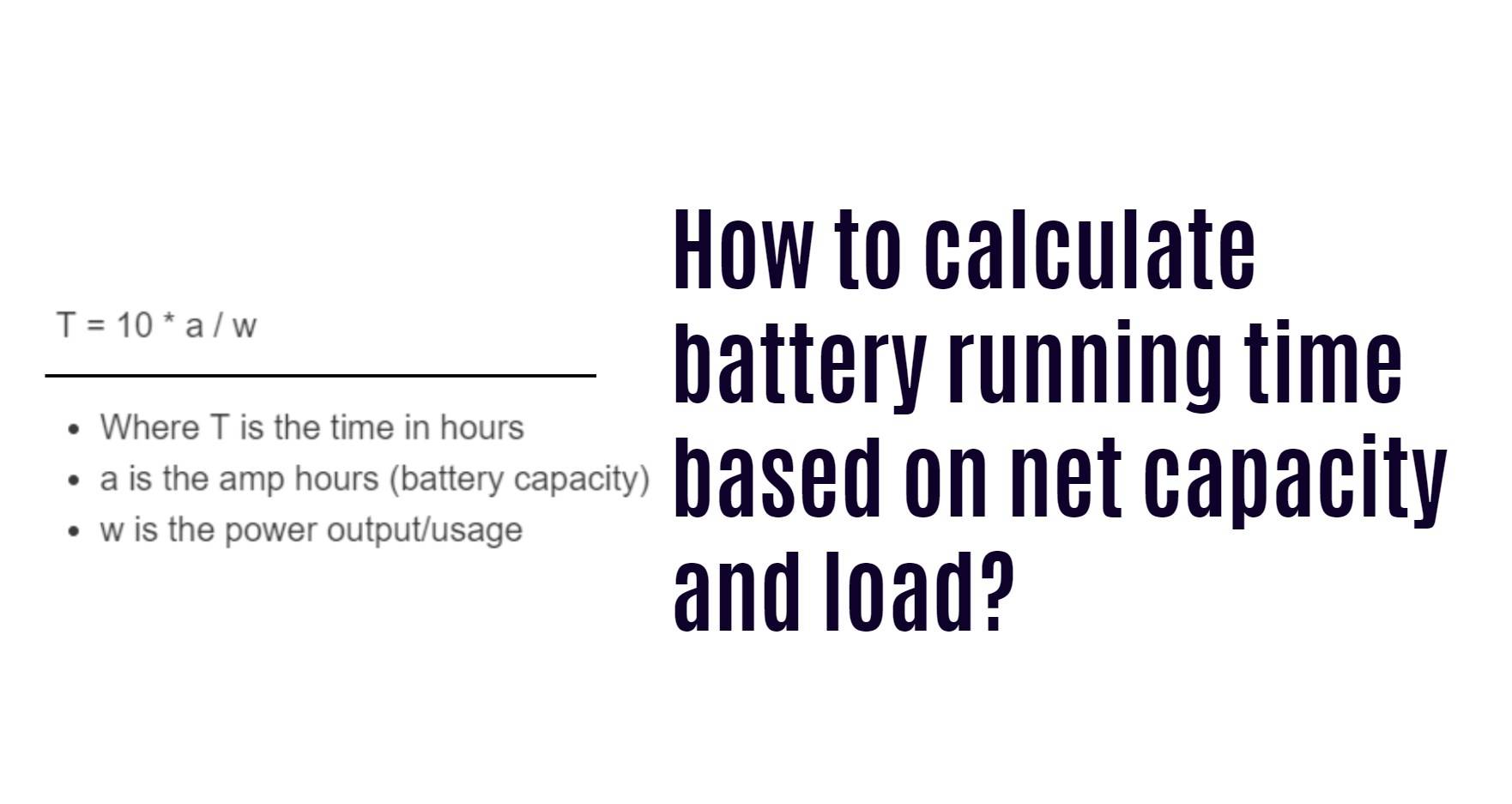- Rack-mounted Lithium Battery
- Golf Cart Lithium Battery
-
Golf Cart Lithium Battery
- 36V 50Ah (for Golf Carts)
- 36V 80Ah (for Golf Carts)
- 36V 100Ah (for Golf Carts)
- 48V 50Ah (for Golf Carts)
- 48V 100Ah (Discharge 100A for Golf Carts)
- 48V 100Ah (Discharge 150A for Golf Carts)
- 48V 100Ah (Discharge 200A for Golf Carts)
- 48V 120Ah (for Golf Carts)
- 48V 150Ah (for Golf Carts)
- 48V 160Ah (Discharge 100A for Golf Carts)
- 48V 160Ah (Discharge 160A for Golf Carts)
-
Golf Cart Lithium Battery
- Forklift Lithium Battery
- 12V Lithium Battery
- 24V Lithium Battery
- 36V Lithium Battery
- 48V Lithium Battery
-
48V LiFePO4 Battery
- 48V 50Ah
- 48V 50Ah (for Golf Carts)
- 48V 60Ah (8D)
- 48V 100Ah (8D)
- 48V 100Ah
- 48V 100Ah (Discharge 100A for Golf Carts)
- 48V 100Ah (Discharge 150A for Golf Carts)
- 48V 100Ah (Discharge 200A for Golf Carts)
- 48V 150Ah (for Golf Carts)
- 48V 160Ah (Discharge 100A for Golf Carts)
- 48V 160Ah (Discharge 160A for Golf Carts)
-
48V LiFePO4 Battery
- 60V Lithium Battery
-
60V LiFePO4 Battery
- 60V 20Ah
- 60V 30Ah
- 60V 50Ah
- 60V 50Ah (Small Size / Side Terminal)
- 60V 100Ah (for Electric Motocycle, Electric Scooter, LSV, AGV)
- 60V 100Ah (for Forklift, AGV, Electric Scooter, Sweeper)
- 60V 150Ah (E-Motocycle / E-Scooter / E-Tricycle / Tour LSV)
- 60V 200Ah (for Forklift, AGV, Electric Scooter, Sweeper)
-
60V LiFePO4 Battery
- 72V~96V Lithium Battery
- E-Bike Battery
- All-in-One Home-ESS
- Wall-mount Battery ESS
-
Home-ESS Lithium Battery PowerWall
- 24V 100Ah 2.4kWh PW24100-S PowerWall
- 48V 50Ah 2.4kWh PW4850-S PowerWall
- 48V 50Ah 2.56kWh PW5150-S PowerWall
- 48V 100Ah 5.12kWh PW51100-F PowerWall (IP65)
- 48V 100Ah 5.12kWh PW51100-S PowerWall
- 48V 100Ah 5.12kWh PW51100-H PowerWall
- 48V 200Ah 10kWh PW51200-H PowerWall
- 48V 300Ah 15kWh PW51300-H PowerWall
PowerWall 51.2V 100Ah LiFePO4 Lithium Battery
Highly popular in Asia and Eastern Europe.
CE Certification | Home-ESS -
Home-ESS Lithium Battery PowerWall
- Portable Power Stations
How to Calculate Battery Running Time Based on Net Capacity and Load

Calculating battery running time based on net capacity and load is essential for ensuring devices operate effectively. To find the running time, divide the battery’s capacity (in amp-hours) by the load (in amperes). This simple formula provides a clear understanding of how long a battery can power a device before needing a recharge.
What Is Battery Capacity and Why Is It Important?
Battery capacity, measured in amp-hours (Ah), indicates how much charge a battery can store. It is crucial because it directly affects how long a device can run before needing a recharge. For example, a battery rated at 100 Ah can theoretically supply 1 amp for 100 hours or 10 amps for 10 hours.
| Capacity (Ah) | Runtime at 1A (Hours) | Runtime at 10A (Hours) |
|---|---|---|
| 100 | 100 | 10 |
| 50 | 50 | 5 |
| 200 | 200 | 20 |
Understanding capacity helps users select appropriate batteries for their devices, ensuring they have enough power for their needs.
How Do You Determine the Load on a Battery?
The load on a battery refers to the amount of current drawn by the connected devices, measured in amperes (A). To determine the load, sum up the current requirements of all devices powered by the battery. For example, if you have three devices that draw 2A, 3A, and 1A respectively, the total load is:
Total Load=2A+3A+1A=6A
| Device | Current Draw (A) |
|---|---|
| Device 1 | 2 |
| Device 2 | 3 |
| Device 3 | 1 |
| Total Load | 6 |
Accurately measuring load ensures that you do not exceed the battery’s capacity, which could lead to premature failure.
What Formula Should You Use to Calculate Battery Running Time?
To calculate the running time of a battery, use the following formula:
Running Time hours =Battery Capacity Ah / Load A
For example, if you have a battery with a capacity of 100 Ah and a load of 6 A:
Running Time=100 Ah/6 A≈16.67 hours
This formula provides a straightforward way to estimate how long your battery will last under specific loads.
Why Does Discharge Rate Impact Battery Life?
The discharge rate affects battery life significantly. Batteries are designed to deliver power over time, but drawing current too quickly can reduce their effective capacity. For instance, lead-acid batteries exhibit reduced capacity when discharged at high rates due to internal resistance and heat generation.
| Discharge Rate (A) | Effective Capacity (%) |
|---|---|
| Low (1A) | 100 |
| Moderate (5A) | 90 |
| High (10A) | 70 |
Understanding how discharge rates impact performance helps users optimize their energy usage and prolong battery life.
How Does Peukert’s Law Affect Your Calculations?
Peukert’s Law states that as the discharge current increases, the available capacity of a lead-acid battery decreases. This means that if you draw power at higher rates than what the battery is rated for, you will get less total energy than expected. The formula is:
C=C20(I20I)k
Where:
- C is the effective capacity,
- C20 is the rated capacity at a specific discharge rate,
- I20 is that rate,
- I is your actual discharge rate,
- k is Peukert’s exponent (typically around 1.25 for lead-acid batteries).
This law emphasizes the importance of considering your discharge rate when calculating running time.
What Factors Should You Consider for Accurate Running Time Estimation?
Several factors can influence your calculations:
- Temperature: Batteries perform differently at various temperatures; cold conditions can reduce capacity.
- Battery Age: Older batteries may not hold charge as effectively as new ones.
- State of Charge: A fully charged battery will perform better than one that is partially depleted.
- Device Efficiency: The efficiency of devices connected can also affect overall performance.
By considering these factors, you can achieve more accurate estimates of how long your battery will last under specific conditions.
FAQ Section
Q: How do I calculate running time if my load varies?
A: If your load varies, calculate an average load over time and use that value in your formula.Q: Can I use Peukert’s Law for lithium batteries?
A: Peukert’s Law primarily applies to lead-acid batteries; lithium batteries generally maintain their capacity better under varying loads.Q: What should I do if my battery runs out faster than expected?
A: Check your load calculations, consider environmental factors like temperature, and ensure your battery is in good condition.
Industrial News
Recent developments in battery technology have focused on enhancing efficiency and lifespan. Innovations in lithium-ion technology are leading to batteries that not only charge faster but also maintain higher capacities under various loads. Manufacturers are also exploring smart batteries that can communicate their state of health and optimize performance based on usage patterns.
Expert Insight
“Understanding how to calculate running time based on net capacity and load is essential for anyone relying on portable power,” says energy consultant Jane Smith. “By accurately assessing these factors, users can maximize their equipment’s performance while minimizing downtime.”This comprehensive guide provides insights into calculating battery running time based on net capacity and load while offering practical advice on optimizing usage for various applications.













